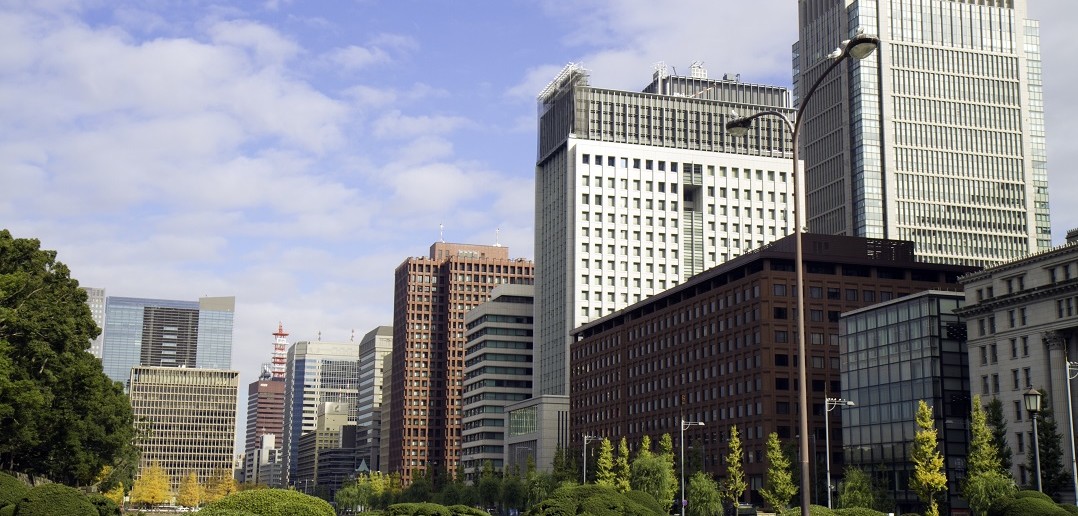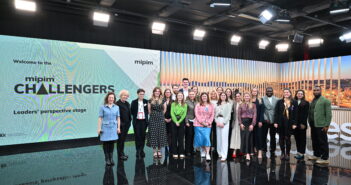In this series of posts from Reportlinker, we review the latest property news, with one big statistic per news item. All you need to know, in figures! Let’s take a look at five of the top trends that will change the way we build and live.
1. New made-to-order homes will be constructed using 3D printers: A Chinese company called Zhuoda Group is using 3D printing technology to manufacture two-story villas. The homes are built using construction waste and cement. They are assembled in around three hours and with the aid of a crane. According to Zhuodo Group, the homes will last 150 years and are earthquake resistant. The group has applied for more than 20 patents. A rival company, Winsun, used the technology to build a five-story-high building. The 3D printers were the width of a basketball court and measured 21 feet tall. Source: Daily Mail

Pictured above, is a concept image of a 3D printed building in its assembly phase.
2. Access to the outdoors will become easier for apartment dwellers: More Sky, a concept by architect and designer Aldana Ferrer Garcia, aims to bring nature, gorgeous views and sunshine to apartment buildings. The concept is simple. Windows extend outward using a frame and several sections of glass. A window seat is added, letting a person recline over the side of the building. The person would be able to see above, below and around the window seat. Garcia says it’s a solution for overcrowded cities, creating both an architectural feature and a new space within the apartment. Source: gizmag
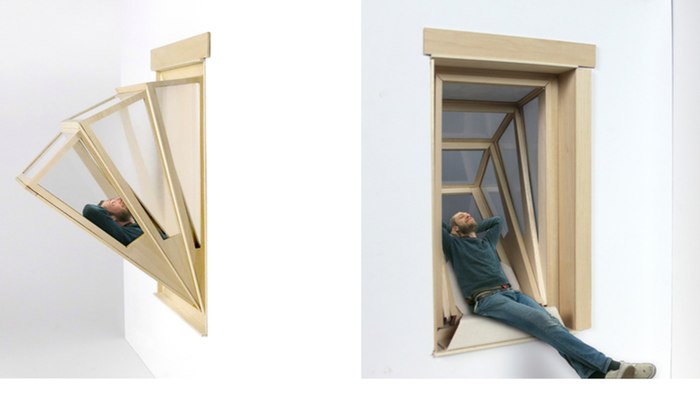
Credit: Aldana Ferrer Garcia
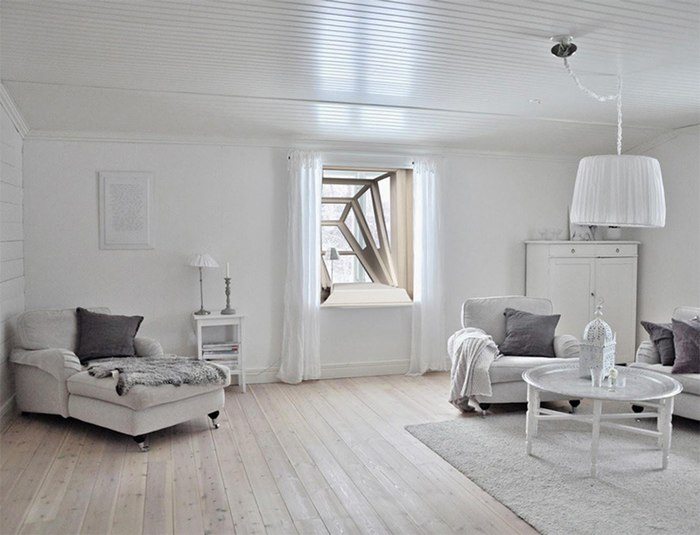
Credit: Aldana Ferrer Garcia
3. Climate change will change how contractors build: According to the United Nations Environmental Program Sustainable Buildings and Climate Initiative, new building construction uses 40% of energy and contributes to 30% of green house emissions globally. But this doesn’t mean cities need to stop new construction. Instead, they need to employ sustainable building techniques, which take into consideration the climate at a building site and such things as wind conditions and temperature. Making buildings more energy efficient also is part of sustainability. Source: Sustainable Cities Collective
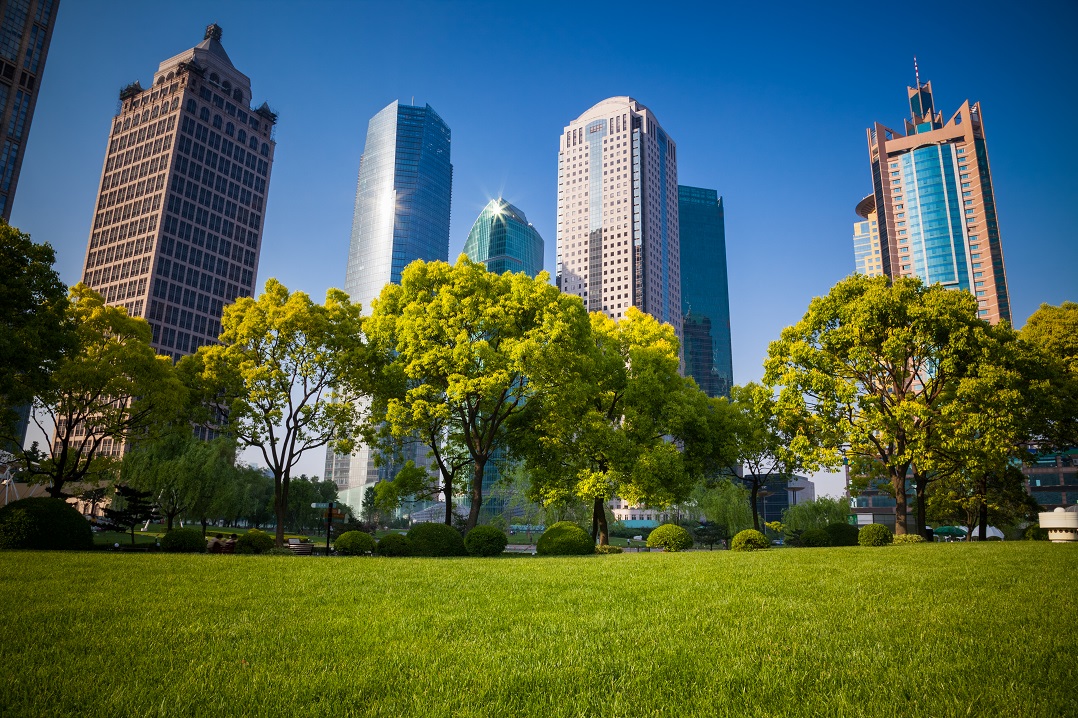
Credit: Shutterstock/Ssguy
4. Solar power will become a more common means of electrifying buildings: More and more solar panels will be dotting the urban landscape as the public grows to accept solar as a viable power source. And as acceptances has increased, the price of solar panels has decreased. Sun-rich countries are quickly adopting the technology which not only makes buildings more sustainable, it improves air quality. Using solar power doesn’t mean that cities will abandon fossil fuels, at least not right away. By 2040, the International Energy Agency predicts fossil fuel usage will drop to 55% of all power generation. Source: Fortune

Credit: Shutterstock/Photodiem
5. The home of the future might be green in more way than one: Roofs occupy approximately 25% of urban landscapes. Sustainable builders are moving toward adding vegetation to roofs in the form of a plant layer or rooftop gardens. These layers provide many benefits including reducing the urban heat effect, provide sound damping and capture rainwater that otherwise would end up in the sewer. Source: Solar Power Facts
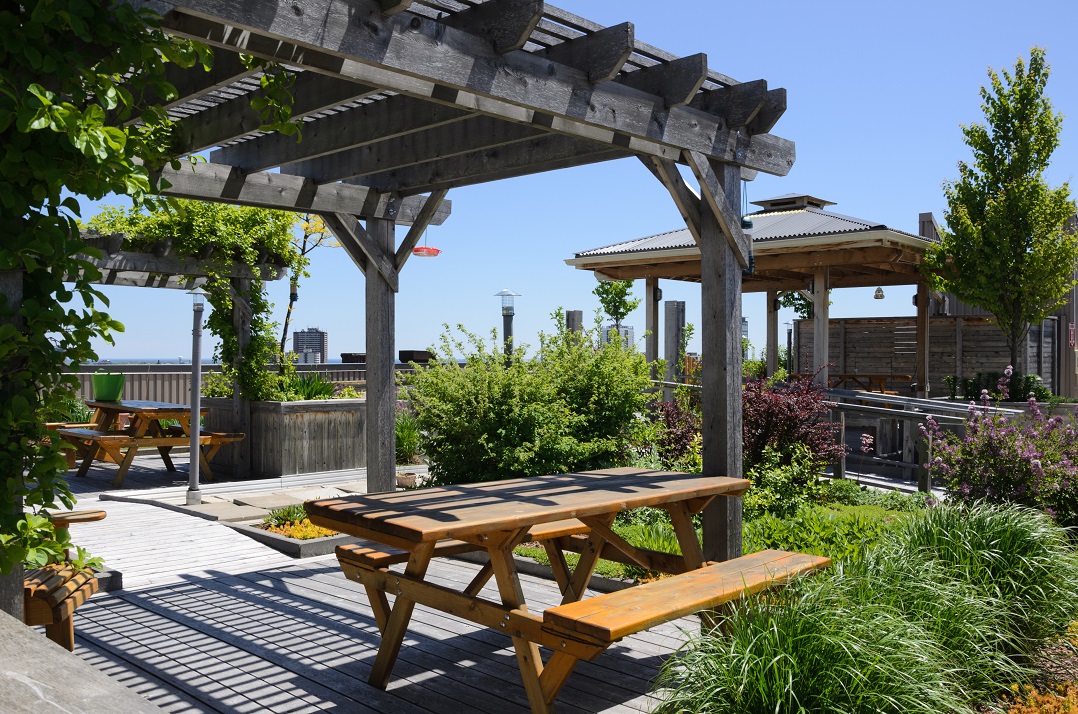
Credit: Shutterstock/SAlison Hancock
Top image: Shutterstock/Piyavachara Nacchanandana
_______________________________________________________________________________________
-
Interested in attending MIPIM 2016? Please register here!
- Already registered? Don’t forget to download the official MIPIM 2016 Mobile App, your digital companion for the show!
- Also remember that you can access the MIPIM 2016 Online Database now to start preparing your MIPIM and get the most out of the event!
